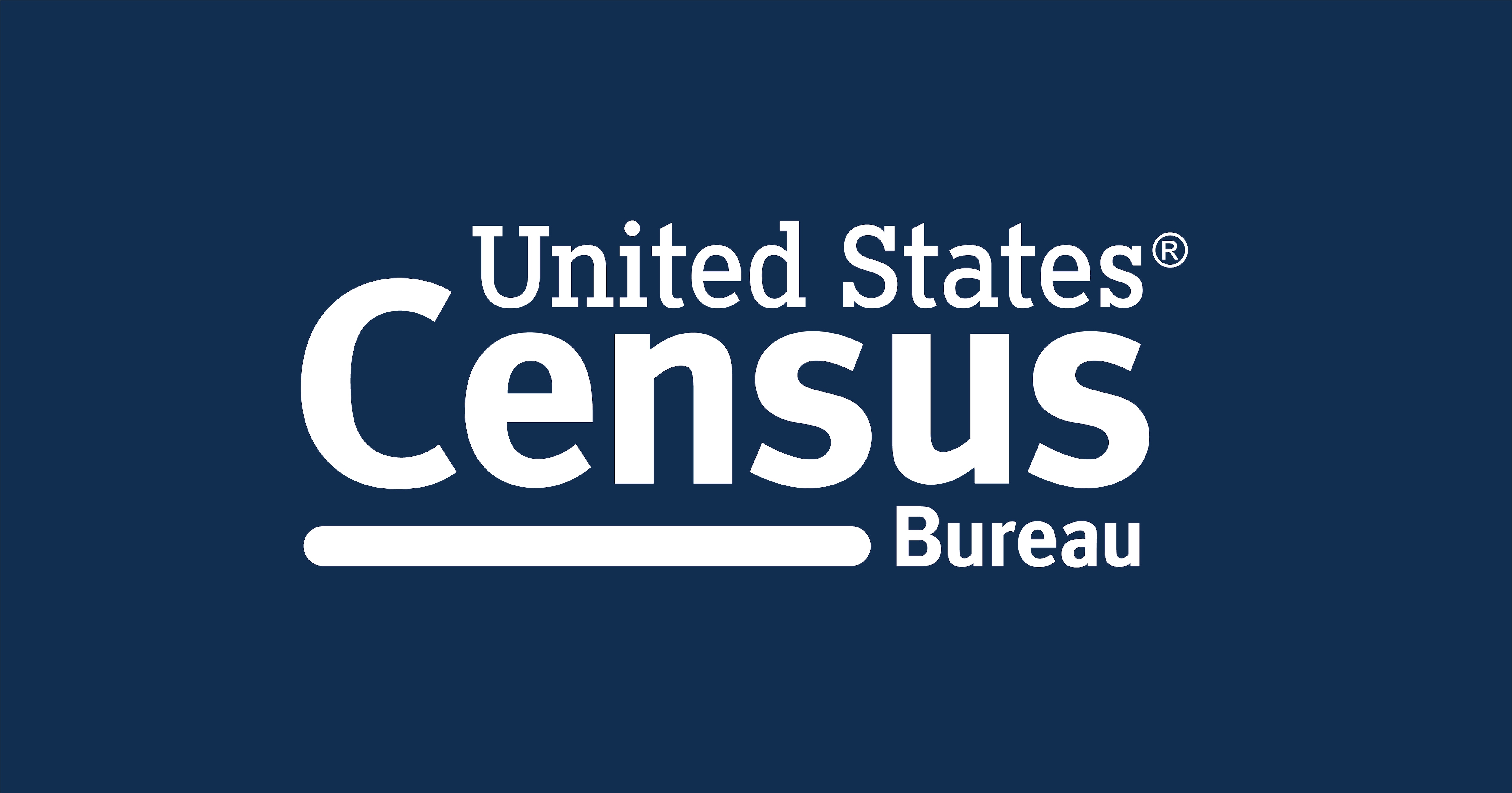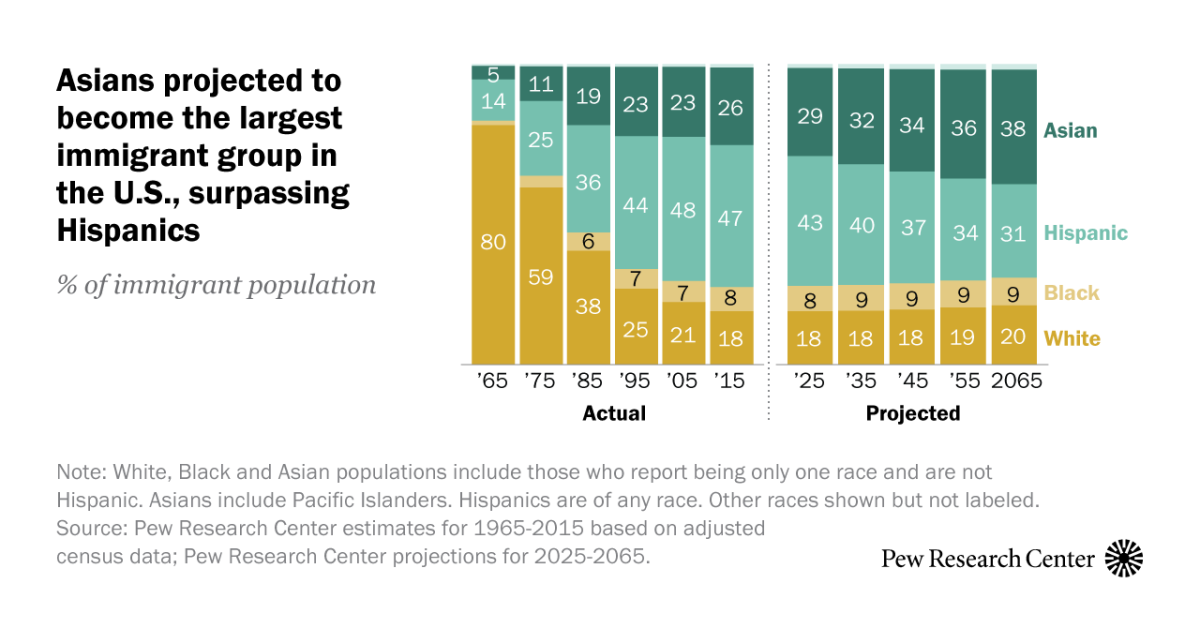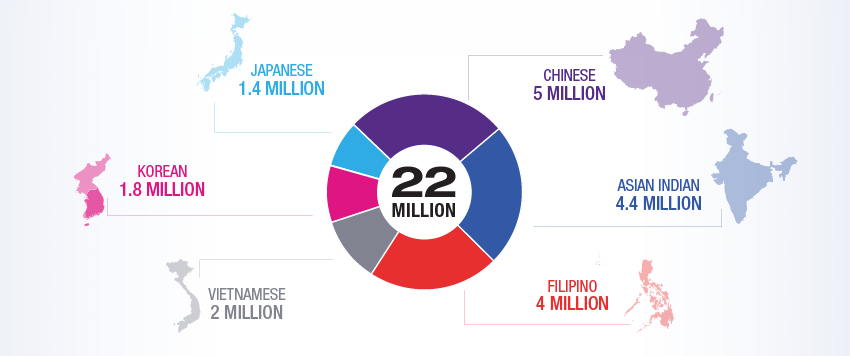AZrailwhale
Diamond Member
What IM2 refuses to see is that people who act the way he does actually make racism worse. He offends people who would generally give him and people who think like him the benefit of the doubt. He turns everyone against him. Why should anyone cut people like him a break when he will vilify them for not doing enough? Why should an employer give someone like him a job when they will vilify the employer for it? Why should anyone of any other race do a damn thing to help blacks when they don't appreciate what has already been done. All he has is hate and its eating him up. He's gotten even worse since the well-meaning, but misguided mods gave him protection by making this subject a zone 1 protected one. Instead of thanking the mods, he feuds with then as well.I think so. And it’s not that he is always entirely wrong. It is, instead, that he is entirely close/minded. He does evoke reactions. Those reactions can get members into trouble because he has protection his the zone.
I am wondering it the best course is simply to ignore him (and some of his compatriots) until and unless he sees fit (they see fit) to discuss things rationally and fairly. Maybe by not making use of this silly zone 1 safety net.










